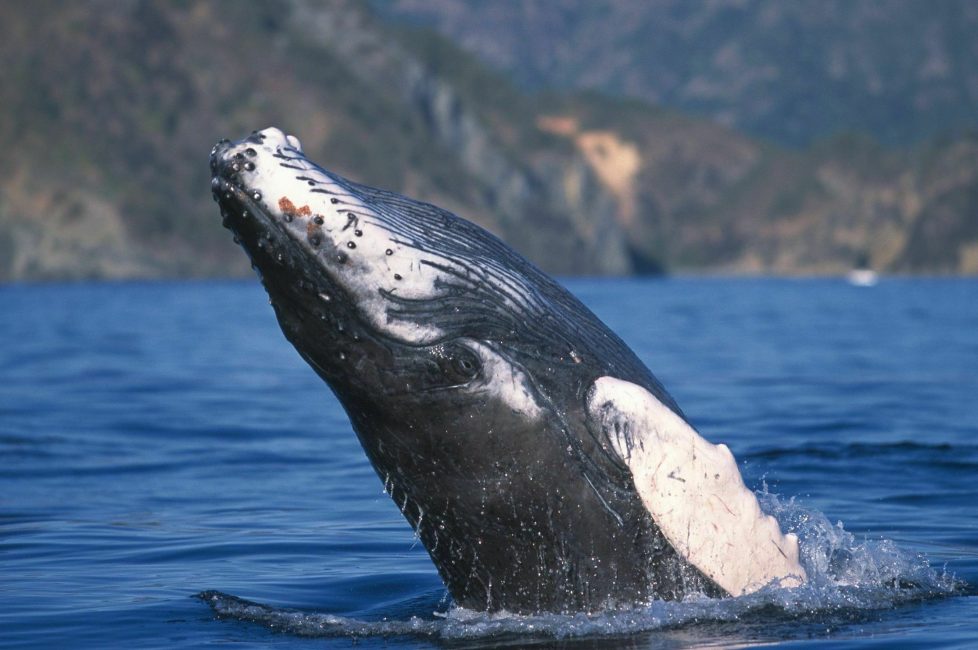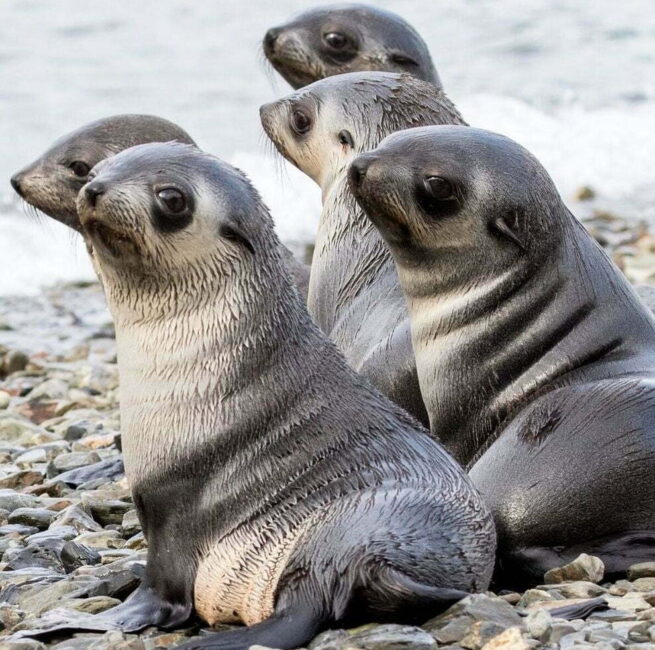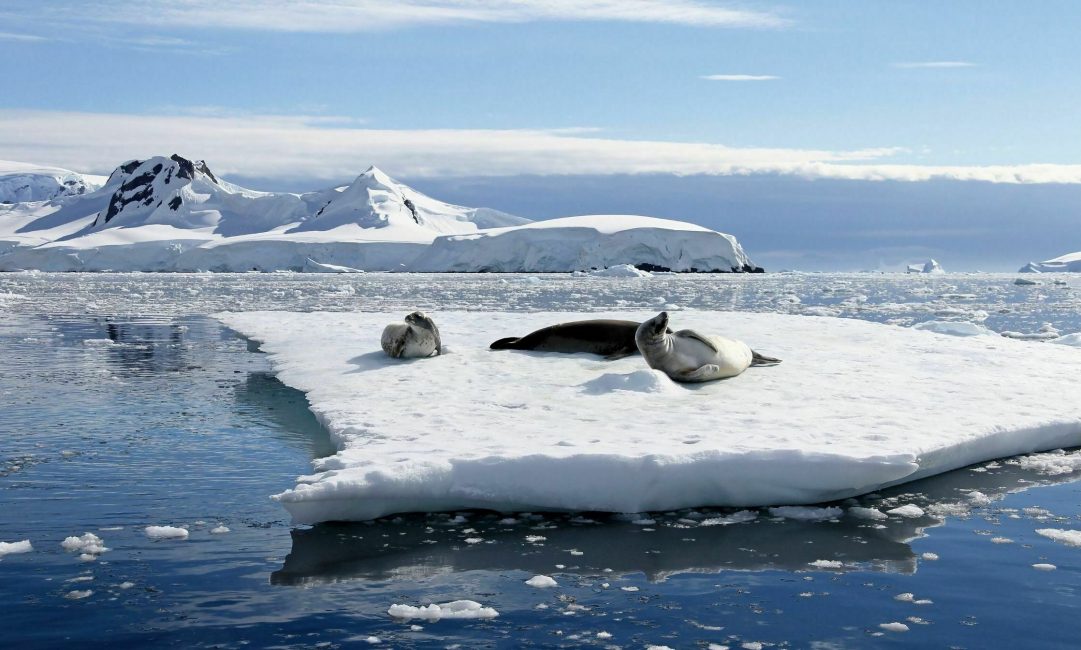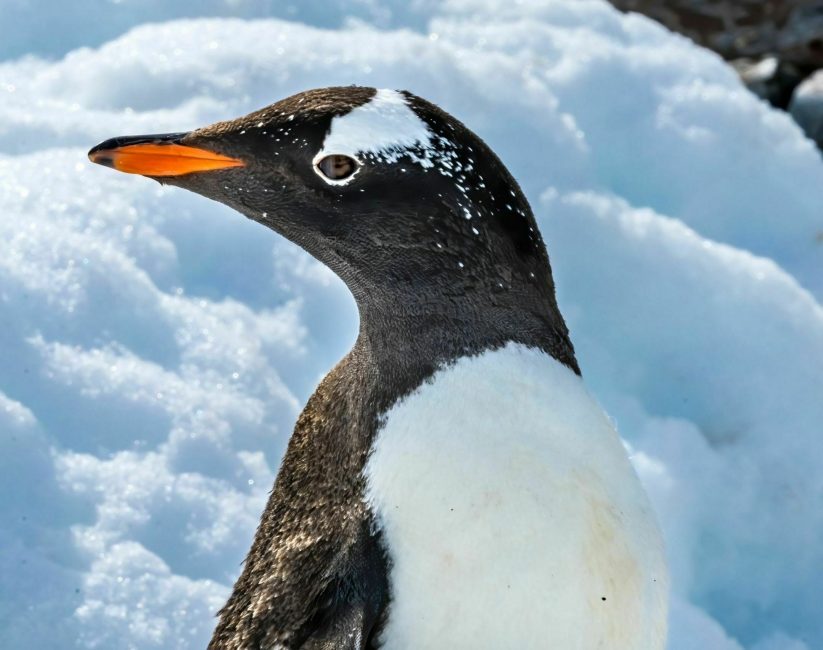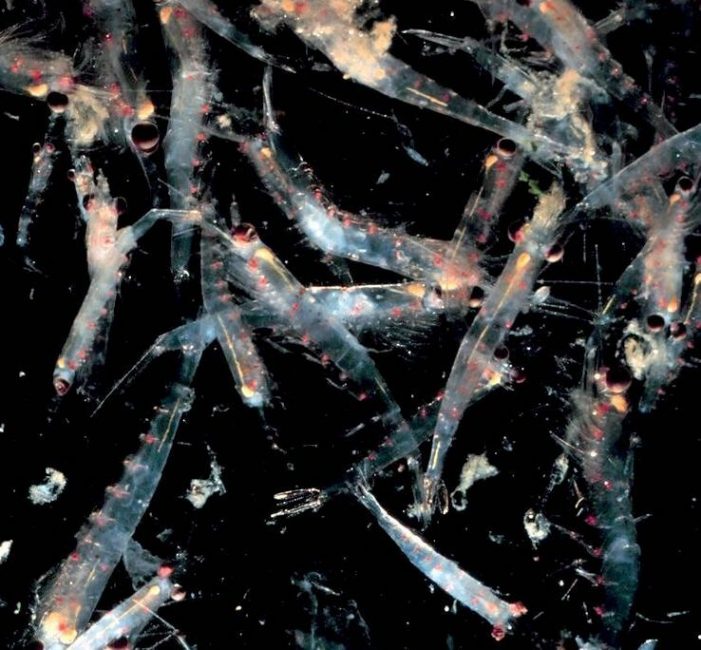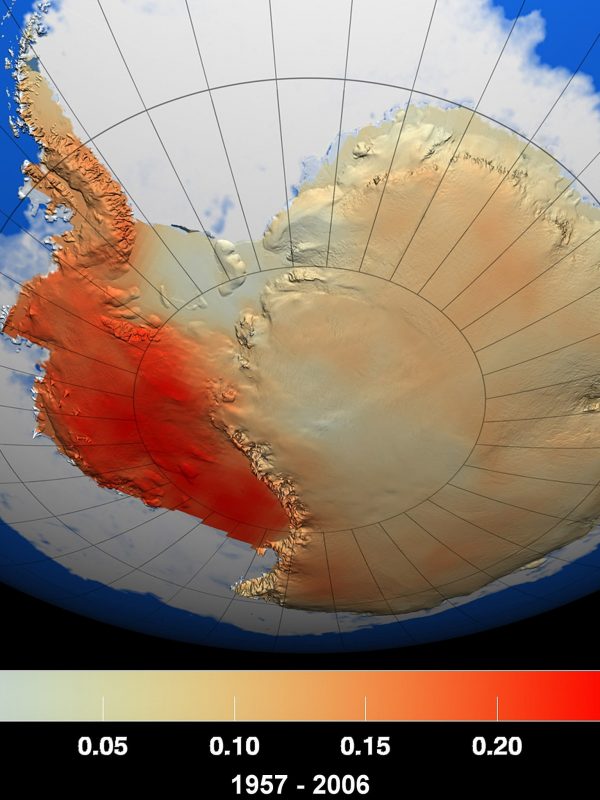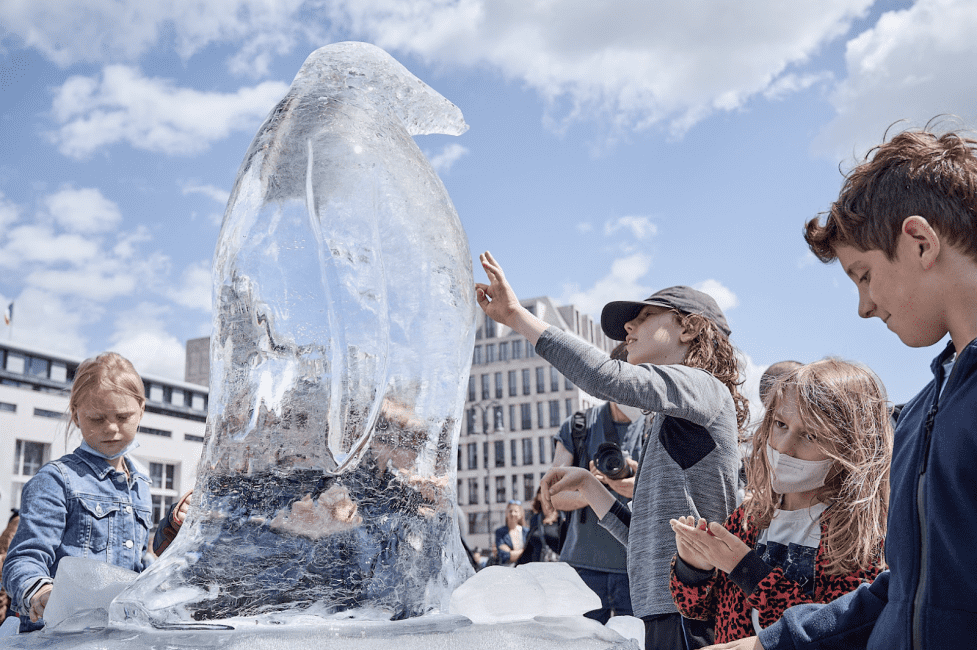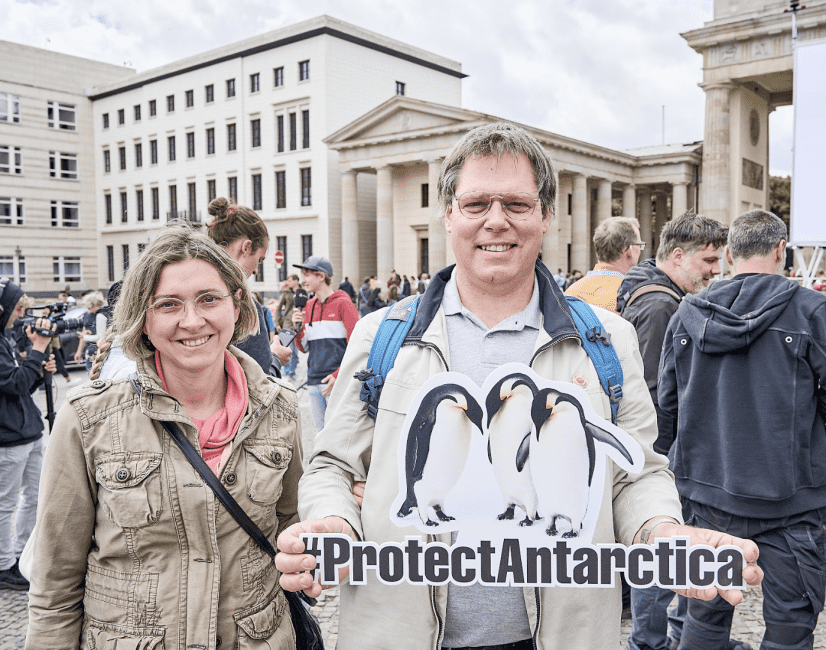Antarctic Peninsula MPA
The Antarctic Peninsula is a polar paradise: a bountiful feeding ground for Antarctic wildlife, a magnet for nature-loving tourists, and a growing focus for Antarctic krill fisheries.
Join us in our quest to take the pressure off and protect the Peninsula.
Welcome to the Antarctic Peninsula
ANTARCTIC PENINSULA MPA
Drawing an arc from deep within the Antarctic Circle towards South America, the Antarctic Peninsula is the most accessible part of the southern continent.
Widely recognized as one of the most abundant, productive parts of the Southern Ocean, this vibrant region is teeming with life.
Each summer whales migrate to their Antarctic feeding grounds, traveling peacefully through ice-strewn harbors and feasting on abundant krill. Seals haul out on ice floes to rest in the warm sun, and penguins flock to rocky beaches, making the most of the short summer in a frenzy of nesting, breeding, feeding and molting.
The abundance and accessibility of the Antarctic Peninsula also attracts humans, with tourists, fishing vessels and scientists visiting the region in growing numbers.
Antarctica’s superfood
ANTARCTIC PENINSULA MPA
Antarctic krill (Euphausia superba) is the linchpin of the Antarctic food web, and is central to the explosion of life that happens here each summer.
Antarctic krill is a small crustacean no longer than your thumb. It is also one of the most abundant species on the planet, and up to 70% of its population lives off the west and northern Antarctic Peninsula.
Krill is a primary food source for many seal species including fur, crabeater, Weddell and elephant seals. It also feeds migratory whales, and approximately 1.5 million pairs of Adélie, chinstrap and gentoo penguins that nest, breed and forage off the Antarctic Peninsula coast.
Current research suggests that Antarctic krill populations may be changing, with harmful impacts on penguin populations and the broader ecosystem.
“We have seen multiple breeding failures for Adélie penguin colonies, habitat loss throughout the region, a concentrated krill fishing effort, and the warmest Southern Ocean temperatures ever recorded. Scientists have been clear that MPAs are needed to make a warming and acidifying ocean more resilient.”
Andrea Kavanagh, Director of Antarctic and Southern Ocean work at The Pew Charitable Trusts
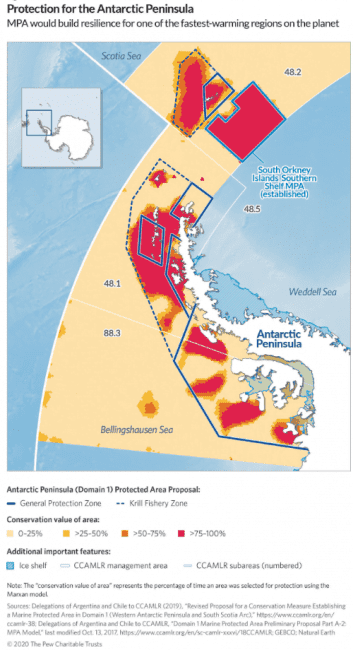
What’s happening?
ANTARCTIC PENINSULA MPA
The Antarctic Peninsula is widely recognized as one of the most biologically rich, vulnerable regions of Antarctica. Despite this, the waters off the Antarctic Peninsula are not fully protected.
In 2018, Chile and Argentina presented a proposal for an Antarctic Peninsula marine protected area (MPA). With protected zones extending from the South Scotia Arc near the South Orkney Islands, down the west coast of the Antarctic Peninsula to the Bellingshausen Sea, the proposed protected area covers 250,000 square miles (670,000 square kilometers) of highly vulnerable marine ecosystems.
The proposed MPA would stand for 70 years with a review each decade, to preserve ecosystems by allowing zone borders to be adjusted in light of observed changes.

What is permitted in the MPA?
ANTARCTIC PENINSULA MPA
The proposed MPA is divided into two zones: a General Protection Zone and a Krill Fishing Zone.
In the General Protection Zone, krill fishing will be prohibited within the coastal foraging ranges of nesting and breeding animals. This will allow Antarctic seals, penguins and other predators to adapt to the impacts of a changing climate without the additional pressure of krill fisheries depleting their primary food source.
In the Krill Fishing Zone, CCAMLR Member nations will be permitted to fish for krill in accordance with CCAMLR conservation measures.
The proposed MPA will protect important foraging areas for beloved Antarctic predators such as seals, penguins and whales, as well as essential habitat for Antarctic krill, fish and other ecologically significant marine creatures.
ANTARCTIC PENINSULA MPA
Why it’s important
The Antarctic Peninsula is one of the most rapidly warming places in the Southern Hemisphere. As the ocean heats up and sea ice declines, impacts are being felt across the entire ecosystem.

Penguins
The number of Adélie and chinstrap penguins in breeding colonies across the northern Antarctic Peninsula and South Shetland Islands has plummeted since the 1980s.
Population counts at some colonies in 2019 recorded a decline of well over 50 percent in 40 years, with some estimates as high as 80 percent.
The speed and severity of the changes observed in some Antarctic penguin populations have astonished researchers, who raised the alarm about the impacts of a changing climate on Antarctic ecosystems.
The proposed Antarctic Peninsula MPA will create ‘natural laboratories’ where human activities are limited. This will allow scientists to better understand how a warmer, more acidic ocean is impacting penguins and other Antarctic animals.
Ecosystems
Rising sea temperatures, changing ocean chemistry and changes in the timing and location of winter sea ice – an important habitat for krill and some penguins – are causing a cascade of impacts across the Antarctic Peninsula ecosystem.
Antarctic researchers are reporting massive disruptions to ecological processes with changes to entire communities.
The rapid rate of change is putting immense pressure on local species to adapt, relocate or face local extinction.
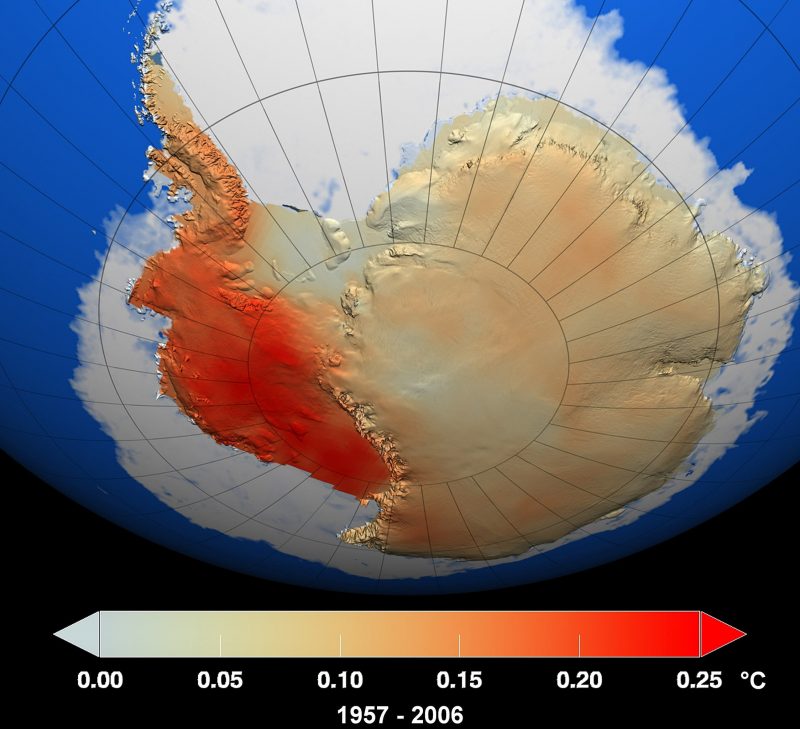

Krill
Up to 70% of the Antarctic krill (Euphausia superba) population is found around the Antarctic Peninsula, but this appears to be changing.
Since 1978 winter sea ice, which is a vital breeding habitat for krill, has declined dramatically. Several Adélie penguin colonies have also vanished, while many others declined in size. These changes appear to be linked to reduced availability of krill in nearby waters.
At the same time, the modern Antarctic krill fishery has become concentrated in this small area of the Southern Ocean.
The situation in the Antarctic Peninsula is complex, but one thing is certain: it is changing quickly.
By limiting human activity in specific areas, the proposed MPA will provide vulnerable species with a buffer against a changing climate, supporting resilience in the face of uncertainty.
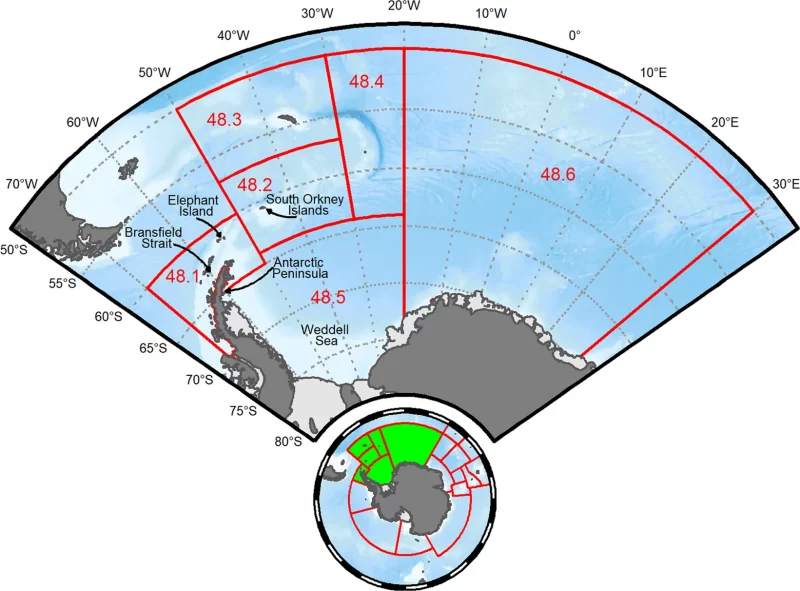
Now is the time
ANTARCTIC PENINSULA MPA
The evidence is clear. Marine protected areas are scientifically proven to be the most effective way to limit the damaging impacts of human activities and support a vibrant, healthy ocean.
ASOC strongly believes that CCAMLR, the international body charged with designating MPAs, has failed to act decisively for too long.
What ASOC is doing
ANTARCTIC PENINSULA MPA
We work for Antarctic marine protection by:
Representing the Antarctic conservation community at the highest levels of Antarctic governance.
Presenting timely, science-based policy proposals at CCAMLR meetings to support decision-making based on the best available science.
Advocating for policies that reduce the stress on Antarctic ecosystems from human activities such as fishing, tourism, and scientific research.
Raising the profile of Antarctic conservation issues, ensuring that they remain on the agenda across international governance systems.
“Since 1979, sea-ice duration [on the Antarctic Peninsula] has decreased by 85 days annually. We are running out of time to implement meaningful conservation. We need to establish strong marine management to give nature the space it needs to thrive. Governments need to step up and deliver on their commitments to protect the Antarctic.”
Chris Johnson, WWF Global Whale Conservation Lead
What you can do
ANTARCTIC PENINSULA MPA
Now is the time to call on CCAMLR to make good on its commitment to establish a network of Antarctic marine protected areas. Join us as we help secure a resilient future for Antarctica and the global ocean today.
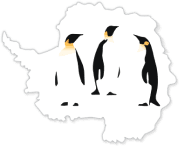 ASOC
ASOC

